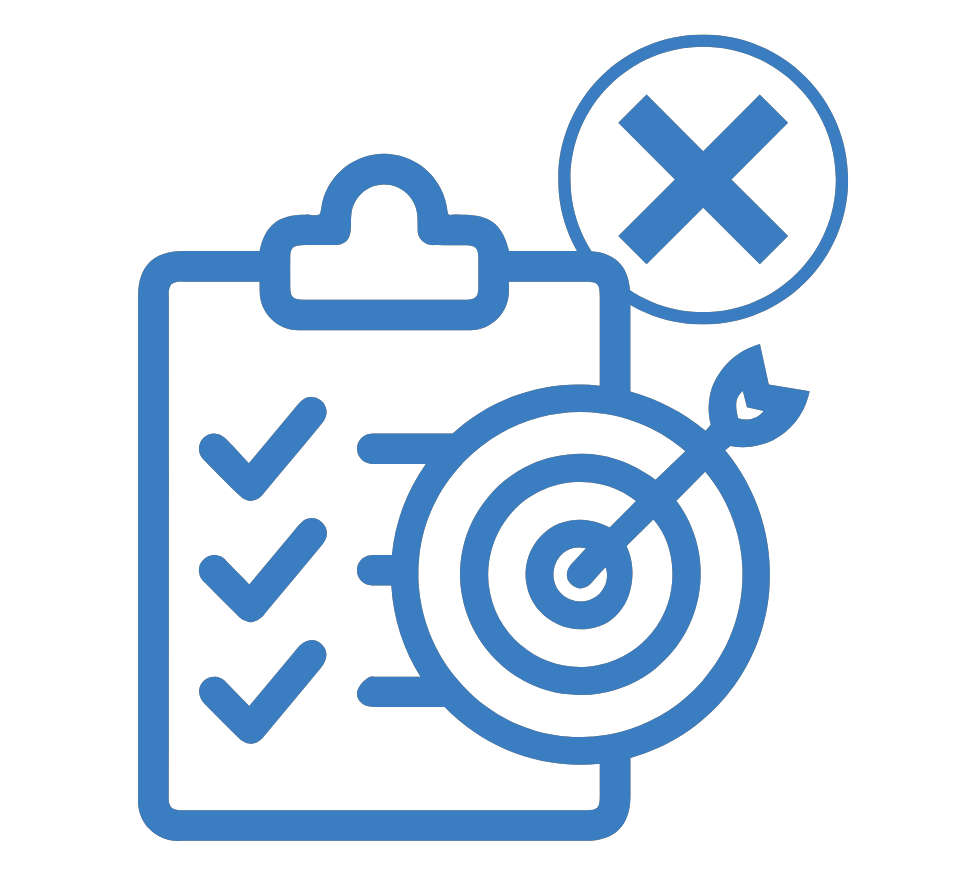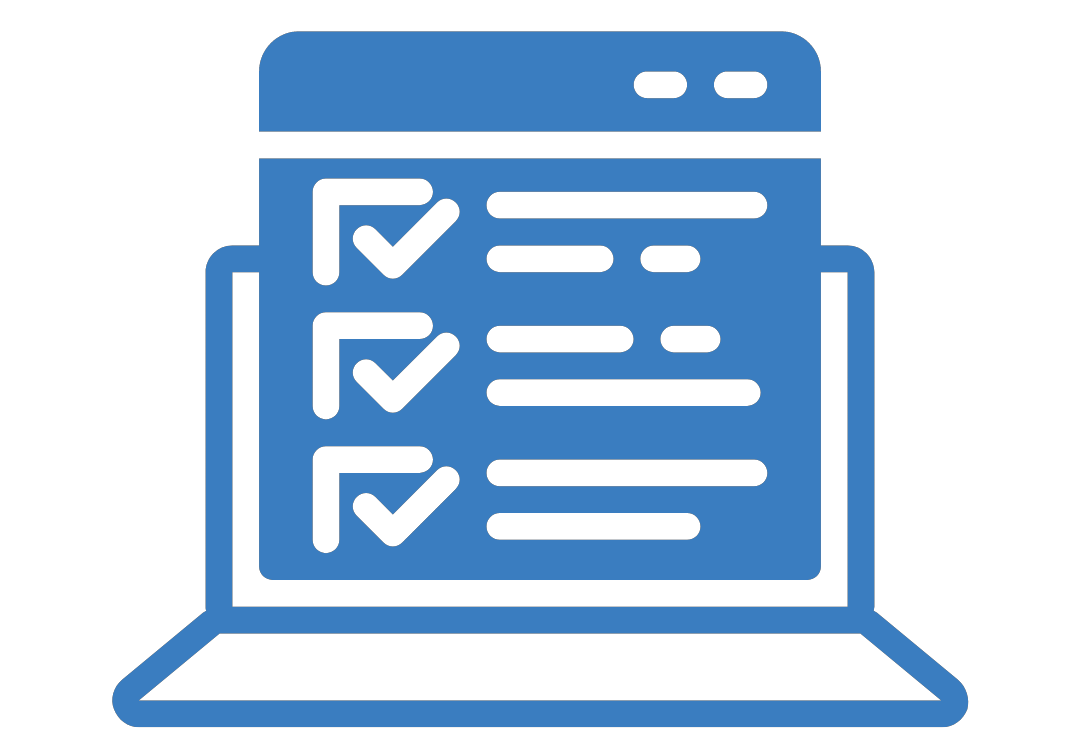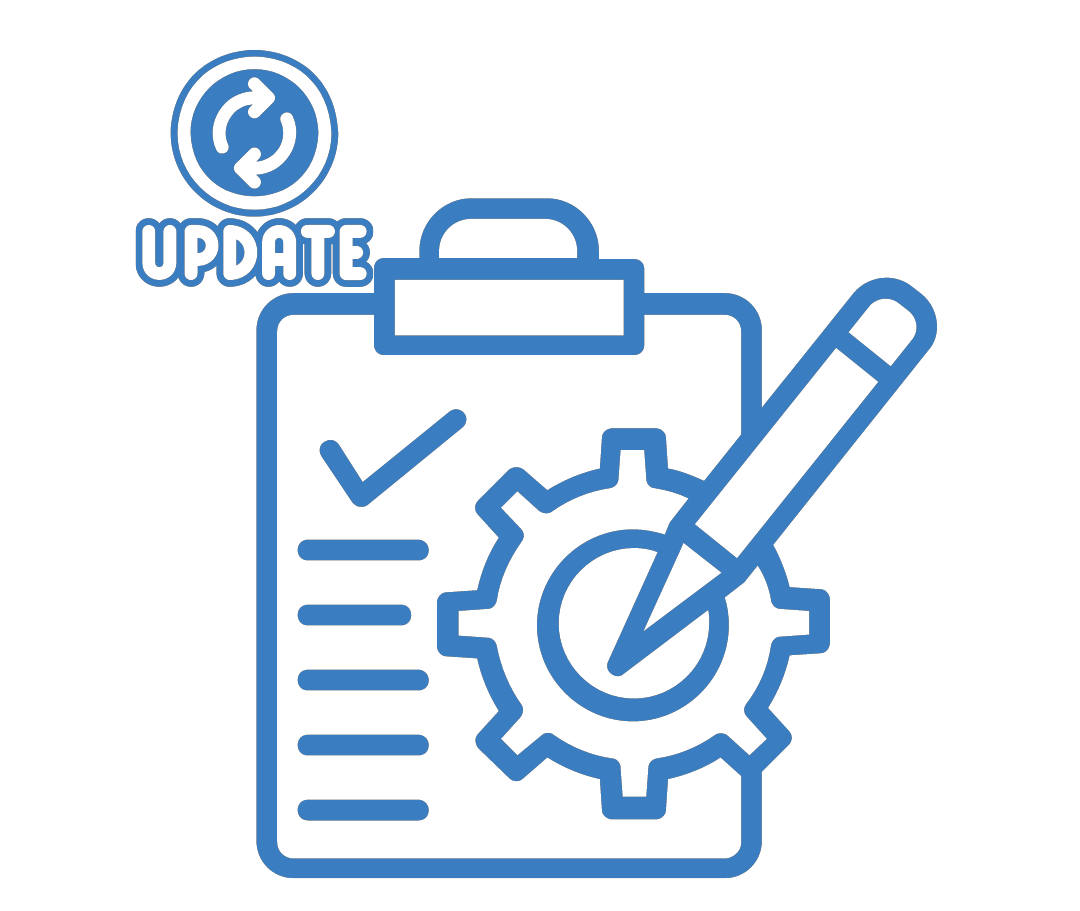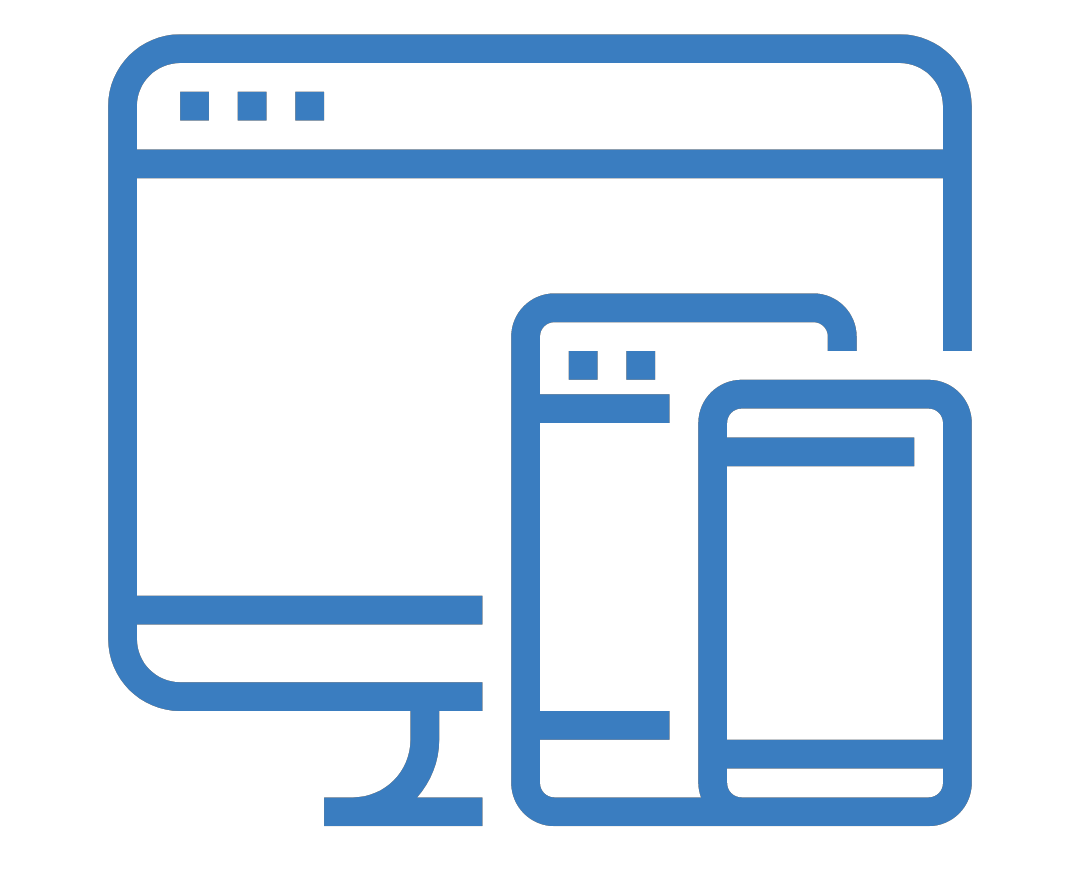Avoid These 7 Common Manual QA Mistakes and Improve Your Testing Process

As a manual QA tester, your role is to know what QA testing mistakes to avoid. It is also essential to ensuring that software applications are useful, easy to use, and up to the required quality standards. Manual Quality Assurance (QA) is an essential process in software development that ensures that the final product is free of bugs and meets the requirements of the users.The intricacy of the testing process and the large number of test cases, however, make it simple to make errors that could harm the testing process and, ultimately, the software's quality. Manual QA can also be a time-consuming and tedious process, and it's easy to make mistakes.
Simple oversights and manual QA mistakes to more major faults with potentially serious repercussions can all fall under this category. This article will go over seven manual QA errors you should never make in order to enhance your testing procedure. We'll offer helpful advice and tactics that will enable you to recognize these errors and take the necessary steps to avoid them in the future.
1. Not having a Clear Test Plan

One of the most common manual QA testing mistakes is not having a clear plan. Before starting any testing, it's essential to have a clear test plan that outlines the objectives, scope, and requirements of the testing process. Without a test plan, testers may miss critical elements of the testing process, leading to incomplete or inaccurate results.
Not having a clear test plan: One common mistake in manual QA is the absence of a clear test plan. Without a well-defined test plan, testers may overlook crucial aspects of the testing process, resulting in incomplete or inaccurate results. This lack of clarity can lead to confusion, inefficiency, and a decrease in software quality. To avoid this problem, it is important to:
How to Avoid It:
- Create a comprehensive test plan that clearly outlines the objectives, scope, and requirements of the testing process.
- Prioritize test cases based on critical functionalities and potential risks.
- Continuously review and update the test plan to align with changes in the software and project requirements.
2. Not Thoroughly Testing All Features

One of the QA testing best practices is of course testing and testing all features! One of the most common manual QA mistakes is failing to thoroughly test all features of a product. Testers may focus solely on the most obvious or critical functionalities, neglecting the less prominent ones. This approach can result in undetected bugs or usability issues that could have been caught through comprehensive testing.
How to Avoid it:
- Develop a comprehensive test plan that encompasses all features of the product.
- Prioritize test cases based on criticality, but ensure that every feature is tested.
- Allocate sufficient time and resources for testing less obvious or less critical features.
- Adopt exploratory testing techniques to uncover hidden defects in various functionalities.
3. Not Testing All Possible Scenarios

Among the QA testing mistakes to avoid is the omission of testing all possible scenarios. Testers may focus solely on expected scenarios, overlooking the unexpected ones. By limiting the scope of testing, potential defects or vulnerabilities in different scenarios may go unnoticed.
How to Avoid it:
- Encourage testers to think creatively and come up with a wide range of test scenarios.
- Consider edge cases, boundary values, and unusual user interactions during testing.
- Utilize techniques like decision table testing and state transition testing to cover multiple scenarios.
- Leverage exploratory testing to identify and test unforeseen scenarios.
- By ensuring thorough feature testing and covering all possible scenarios, manual QA teams can significantly enhance the quality and reliability of the software they are testing.
4. Not Properly Documenting Test Results

Another among the common manual QA mistakes to avoid is the lack of proper test documentation. Without adequate documentation, it becomes challenging to track and reproduce issues, hindering the debugging and resolution processes. Moreover, it becomes difficult to ensure consistency in testing across different cycles or when involving multiple testers.
Proper documentation of test results is crucial for tracking bugs and ensuring that they are properly fixed. Testers should document all bugs found, including the steps to reproduce them, and the expected and actual results.
How to Avoid It:
- Document test cases clearly, including the steps to reproduce, expected results, and actual results.
- Maintain a centralized repository for test documentation, making it easily accessible to all stakeholders.
- Use version control systems to track changes and updates to test documentation.
- Encourage testers to provide detailed and descriptive bug reports, including screenshots and log files, for easier debugging.
5. Not Reviewing and Updating Test Cases

Among the major manual QA testing mistakes is not reviewing and updating test cases. When test cases are not regularly reviewed and updated, they can become outdated and fail to cover all relevant scenarios. This can result in missed bugs or testing the wrong aspects of the software.
How to Avoid It:
- Review test cases periodically to ensure they align with the latest software changes.
- Update test cases based on feedback from stakeholders and users.
- Collaborate with developers to understand new features and functionalities and incorporate them into the test cases.
6. Not Considering The User's Perspective

To deliver a user-friendly product, testers must consider the user's perspective during the testing process. By evaluating the software from the user's point of view, testers can identify usability issues and avoid one of the most crucial manual QA mistakes to ensure a seamless experience.
How to Avoid It:
- Embrace the role of an end user and approach testing with their needs and expectations in mind.
- Focus on testing the product's ease of use, intuitiveness, and clarity of instructions.
- Incorporate user feedback and conduct usability testing to gain insights into the user experience.
7. Not Testing on Different Platforms and Devices

Software products are used on a variety of platforms and devices, each with its own quirks and limitations. Among the QA testing mistakes to avoid is neglecting to test the software on different platforms and devices. This can lead to compatibility issues and a poor user experience.
How to Avoid It:
- Test the software on various operating systems, including Windows, macOS, and Linux.
- Verify compatibility across different browsers, such as Chrome, Firefox, Safari, and Edge.
- Validate the software's responsiveness on different screen sizes and resolutions, including desktops, laptops, tablets, and mobile devices.
8. Neglecting Regression Testing

Regression testing is the process of retesting previously working functionalities to ensure they remain unaffected by recent changes or bug fixes. One of the manual QA testing mistakes is neglecting regression testing can lead to the reoccurrence of previously resolved issues and introduce new defects into the software.
How to Avoid It:
- Develop a comprehensive regression test suite that covers all critical functionalities.
- Automate repetitive regression tests to save time and effort.
- Prioritize regression testing based on the impact of recent changes or bug fixes.
- Conduct regular regression testing to catch any unexpected issues early on.
In conclusion, manual QA is an essential process that ensures that the final product is of high quality and meets the needs of the users. By avoiding common mistakes such as not having a clear test plan, not thoroughly testing all features, not testing all possible scenarios, not properly documenting test results, not reviewing and updating test cases, not considering the user's perspective, and not testing on different platforms and devices, manual QA testers understand what QA testing mistakes to avoid and can increase the effectiveness of the testing process and produce a better final product. You can always get in touch with our QA experts to help enhance your manual QA game. We will help you elevate your testing process and deliver top-notch software.

At the Heart of SJ Innovation: How we Coordinate our International venture

FRIDAY FUN ACTIVITY : A MUST AT EVERY WORKPLACE


